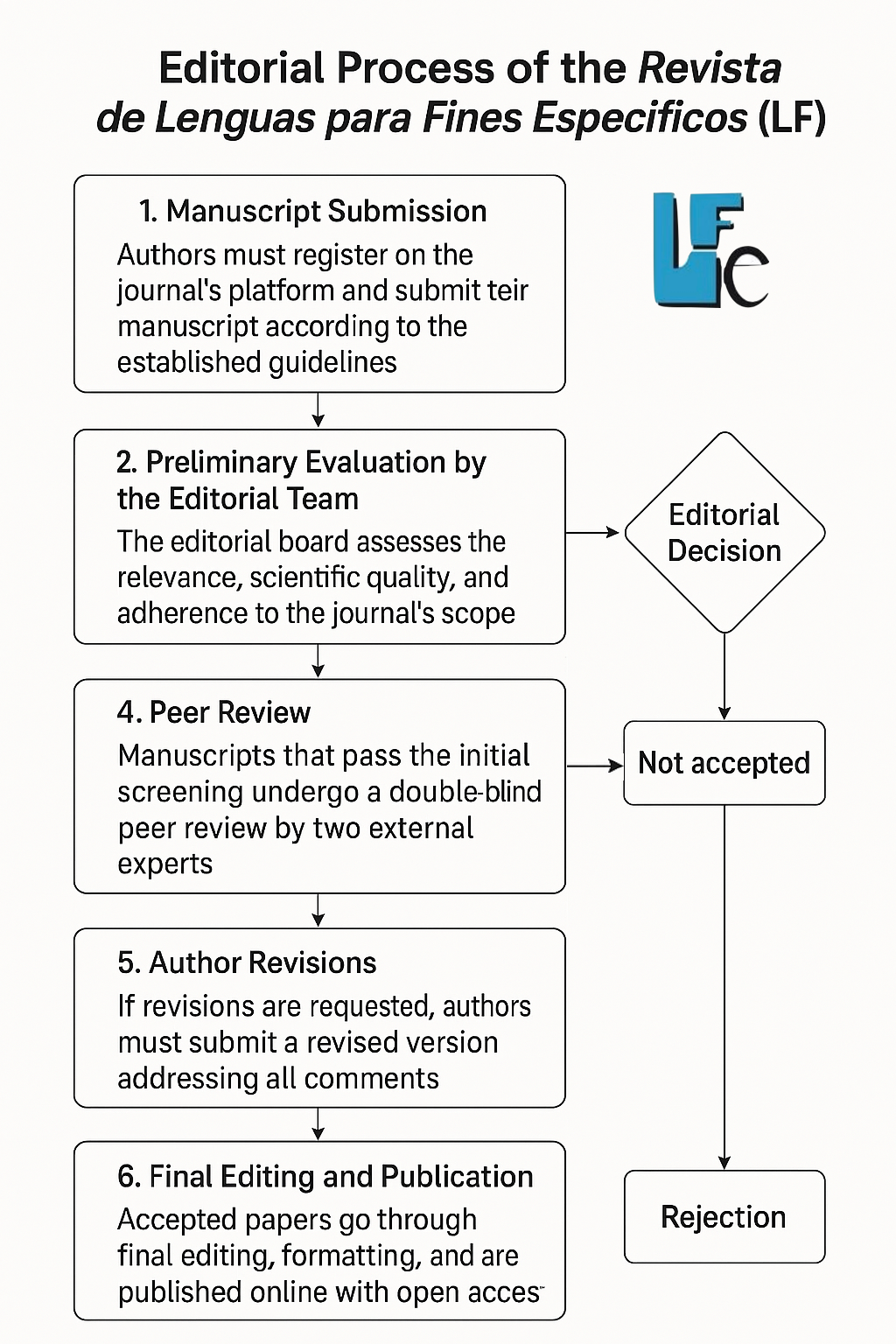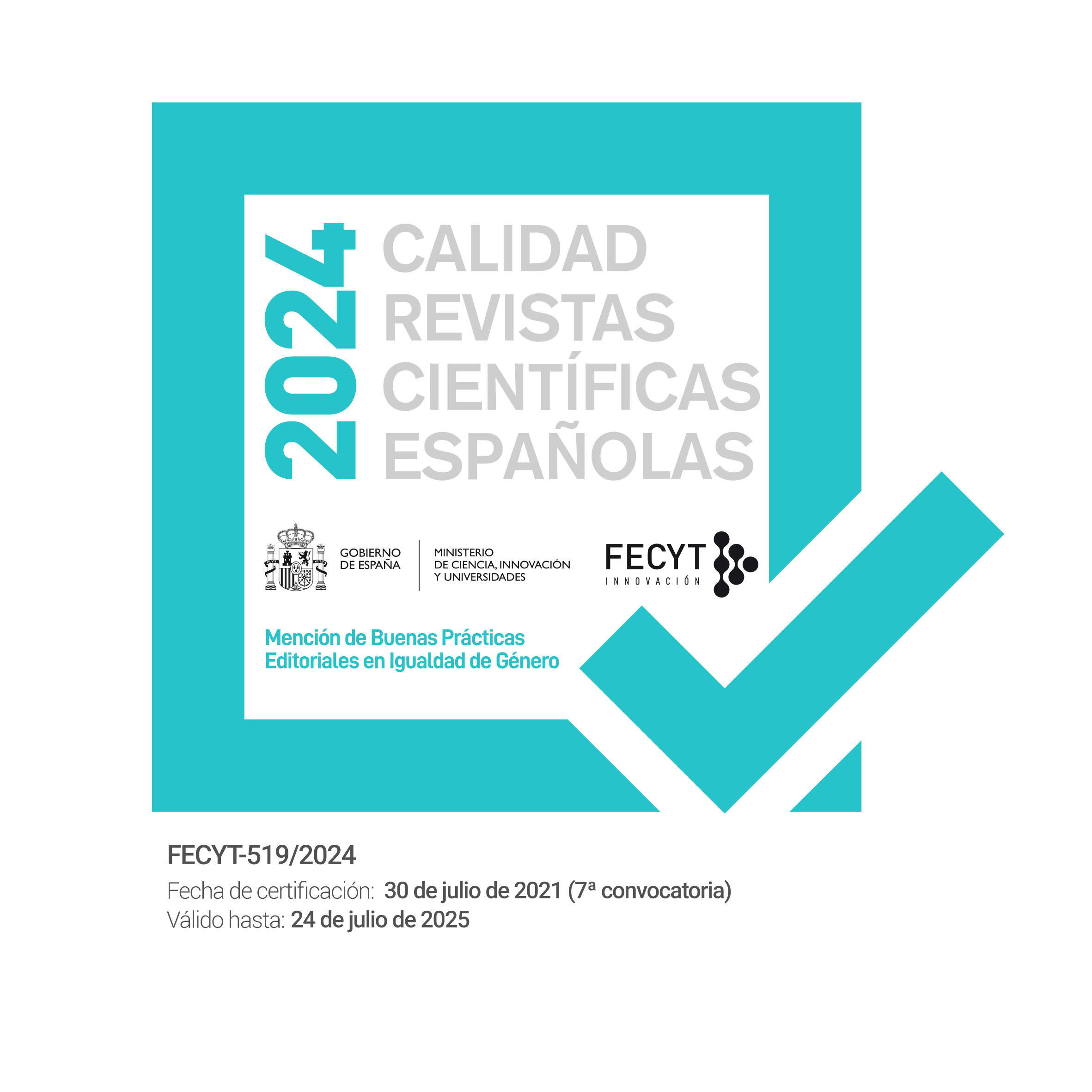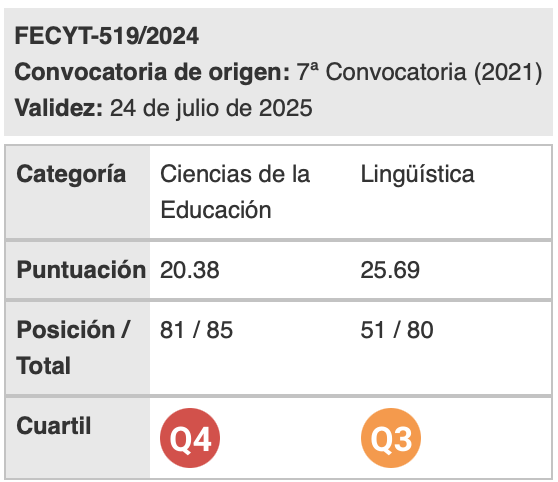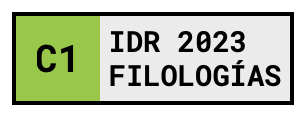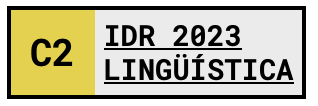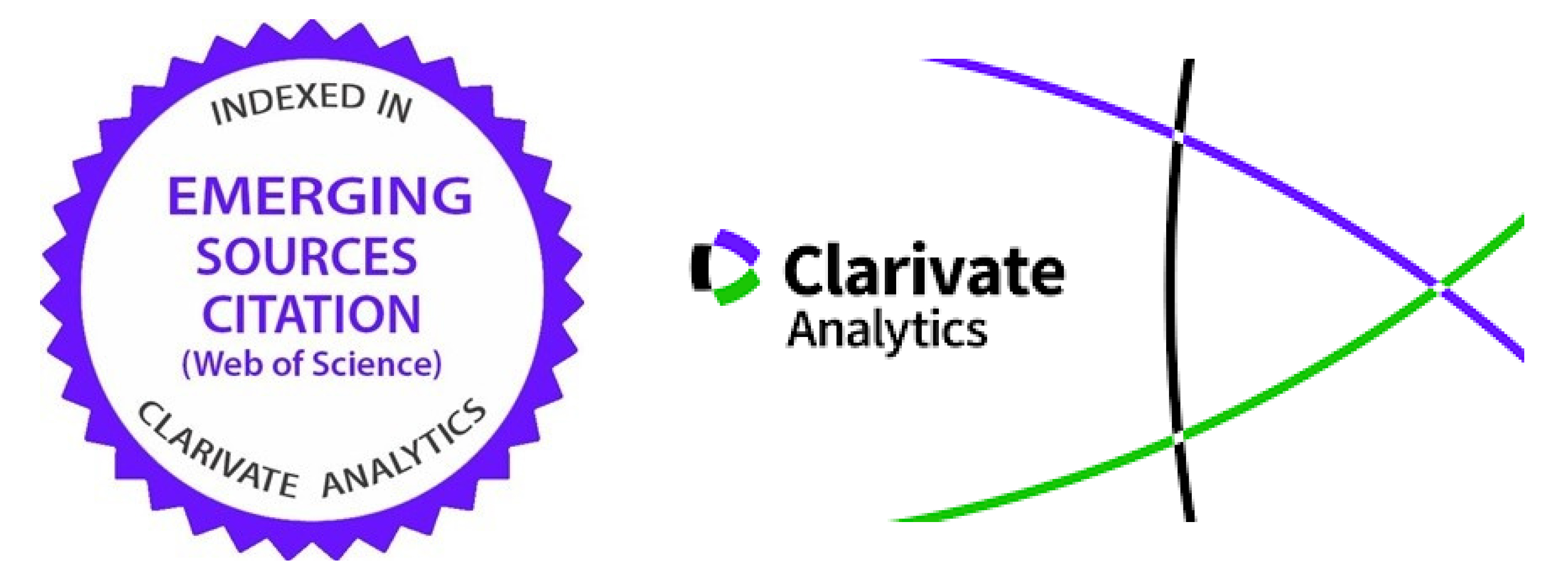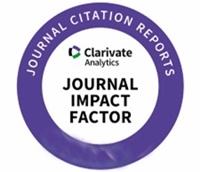Editorial process
Editorial process of the Revista de Lenguas para Fines Específicos (LFE)
The Journal of Languages for Specific Purposes follows a rigorous editorial process that ensures the scientific quality of the articles it publishes. This process consists of the following stages:
1. Manuscript submission
Authors must register on the journal’s OJS platform and submit their manuscript in accordance with the established submission guidelines. The article may be written in Spanish, English, French, or German and must include the title, abstract, and keywords in both the article’s original language and in English. Use of the journal’s official template is mandatory.
2. Preliminary evaluation by the Editorial team
The Editorial Committee initially reviews each submission to assess its relevance to the journal’s scope, scientific quality, compliance with formatting guidelines, and originality of content. If the article does not meet these requirements, it may be rejected without proceeding to external peer review.
3. Peer review
Articles that pass the initial screening are evaluated by two external reviewers under a double-blind peer review system, which ensures the anonymity of both authors and reviewers. In cases where the reviews differ significantly, a third review may be requested to support a well-informed editorial decision.
4. Editorial decision
Based on the reviewers’ reports, the editorial team decides whether the article is accepted, accepted with minor revisions, requires major revision, or is rejected. In all cases, authors receive a report with detailed comments.
5. Author revision
If revisions are requested, authors must incorporate the suggested changes and submit a revised version of the manuscript. This new version may be re-evaluated by the reviewers to confirm that the comments have been properly addressed.
6. Final editing and publication
Once accepted, the article enters the final editing phase, which includes style correction, layout formatting, and assignment of a DOI (Digital Object Identifier). The article is then published online in open access.
